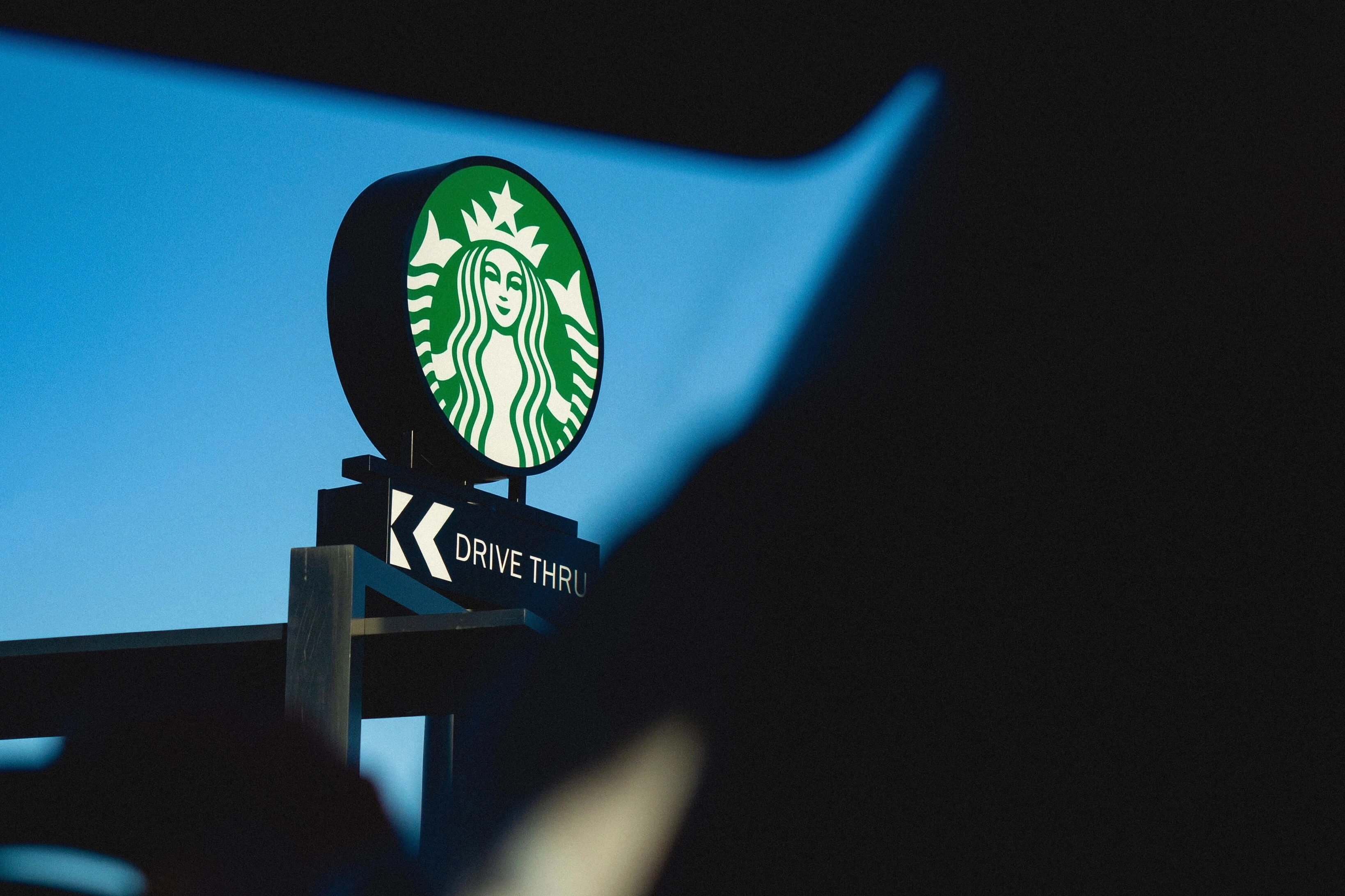Introduction.
In the fast-paced world of design, the importance of maintaining a consistent brand identity often goes unnoticed. We're going to uncover the enchanting world of brand consistency and why it's like the magic that makes brands unforgettable. We'll dive into the design-related words like visual identity, messaging, tone of voice, and experience to understand why having a brand that looks and feels the same everywhere is so important.
Defining Brand Consistency.
Brand consistency refers to maintaining a unified identity across all aspects of a brand. This includes having consistent visuals, messaging, personality and more. When done effectively, brand consistency helps create familiarity and trust with customers. Delve deeper into it, Explore our blog at The Elements of a Powerful Brand Story and How to Create One for a wealth of knowledge and inspiration.
For example, brands like Coca-Cola and McDonald's have recognizable visual identities. Their logos, color schemes, fonts and imagery are consistent no matter where you see them. Their messaging and tone of voice also stay aligned with their brand personality. Coca-Cola consistently focuses on themes of happiness and optimism. Nike consistently emphasizes performance, grit and determination.
Key elements of consistent branding include:
Visual identity - Logos, colors, fonts, imagery and other visuals are cohesive. The look and feel of the brand is recognizable.
Messaging - Key messages align with the brand's positioning. Campaigns and content reinforce the brand promise.
Tone of voice - The brand's personality shines through in all communications. The tone is consistent across channels.
Experience - Interactions with the brand are cohesive. The website, social media, products and customer service align.
When all elements of a brand work together seamlessly, it builds familiarity and trust with the audience. A consistent identity helps shape perceptions and expectations of the brand.

Creating a Consistent Brand Image.
A brand's visual identity is a core part of its recognition and reputation. Maintaining a consistent visual branding across different platforms and touchpoints helps reinforce brand awareness and perception.
Some key elements to keep consistent for visual branding include:
Logos - The logo is the central identifier of any brand. It should be used consistently in terms of color, shape, font, and visual style. Don't create variations or adapt the logo unless necessary.
Color schemes - Choose one or two brand colors and use them consistently. Make sure the colors are used in the same tones and values across all visual assets and platforms. This helps create an instant visual connection with your brand.
Fonts - Select one or two brand fonts and use them consistently for headings, body text, and other typographic elements. Consistent fonts reinforce the visual brand identity.
Imagery - The style of photos and graphics should align with the brand identity. Images should feel cohesive in terms of editing, subjects, and aesthetic.
Icons - Custom icons and graphic elements should be on-brand and consistent. The visual style of icons should match other brand assets.
Look and feel - Maintain a consistent visual style and layout on your website, app, packaging, promotional materials, and any other touchpoints. Don't radically change the look and feel.
Keeping a consistent visual identity takes discipline and awareness whenever new visual assets are created. But it is worth the effort to reinforce brand recognition and perception in the minds of your audience. A steady visual identity helps build trust through familiarity.

Balancing Change with Brand Consistency.
While consistency is crucial for brand identity, brands must also evolve and adapt over time. As your brand grows and expands into new markets, it's important to maintain core identifying elements while allowing for change. Here are some tips for adapting your brand while staying consistent:
Allow for Evolution Over Time
As your company evolves, make gradual updates to your branding and messaging to stay updated. For example, you can modernize logo stylings, update your color palette or typography, or refresh your slogan - while keeping the core visual identity intact. Your website and branded content should also be regularly updated to reflect new products, services, or capabilities.
Expand Your Reach to New Contexts
When entering new product categories, markets, or partnerships, adapt your messaging and visual assets as needed for the new context while maintaining brand integrity. For example, utilize sub-brands or brand extensions with distinct names but aligned visual identity. Or tailor language, images, and examples in your content to resonate with new target audiences. Consistent core elements like color, logo, mission statement and voice will tie it all together.
Monitor and Learn from Changes
When making adaptations, use metrics and customer feedback to monitor the impact on brand perception. Track measurable elements like website traffic, social media engagement and sales. Use what you've learned to make changes that strike a perfect balance between keeping your brand consistent and making necessary improvements.
Assessing Brand Uniformity: Measuring Consistency.
Brand consistency is like the secret recipe that makes your brand trusted and familiar. But how do you check if your brand is staying consistent? Let's keep it simple and explore some easy ways to measure it.
Social Media Signals
In the short term, take a peek at your social media accounts. Look at the stuff you post – like pictures, messages, and how many people like or comment on them. Are these numbers jumping up and down? If they are, your brand might be a bit inconsistent.
For instance, imagine a fitness brand that typically shares workout tips and exercise videos suddenly starts posting pictures of gourmet desserts and cooking recipes. This abrupt shift could perplex their audience, leading to a decrease in engagement and comments.

Listen to Your Customers
Sometimes, customers will tell you if something's not right. Keep an ear out for comments, reviews, or messages from people who use your products or services. If they're asking lots of questions or complaining, your brand might not be consistent enough.
For instance,take a software company that releases an updated version of their app without clear instructions on how to use the new features. In response, they receive an influx of customer inquiries and support requests, as users are left bewildered about the changes and how to navigate the updated software.

Are You Recognizable?
Think about whether people can easily recognize your brand. Can they look at your logo or hear your name and know what you're all about? A brand that's consistent gets recognized more often.
💡 Example: When you see the golden arches of McDonald's, you immediately think of fast food, right? That's because they've been consistent for a long time.

Do People Keep Coming Back?
Look at your customers. Are they loyal to your brand and keep coming back for more? A brand that's consistent in delivering quality and good experiences tends to have loyal customers.
💡 Example: Think of the green mermaid logo of Starbucks. As soon as you glimpse it, you're likely to think of premium coffee and a cozy café atmosphere. This instant brand recognition is the result of Starbucks' unwavering commitment to brand consistency over the years.

What Do People Say About You?
Think about your brand's reputation. What do people say about you? A brand that sticks to its values and messages usually has a good reputation.
💡 Example: Disney has always been known as a family-friendly brand. Over time, they've built a good reputation because they've stuck to that idea.

Conclusion.
Consistency is vital for a strong, recognizable brand identity. It ensures that a brand maintains a unified, authentic image through its visuals, messaging, and tone. This trust in consistency fosters loyalty and trust among customers, improving brand recognition and marketing effectiveness.
However, consistency shouldn't be confused with inflexibility. Brands must understand when and how to update their image while keeping core visual and messaging elements intact. Striking the right balance between consistency and adaptation is the key to creating a distinct, lasting brand identity that remains true to its essence. This balanced approach transforms a brand into a trusted, enduring institution in the eyes of its audience.




